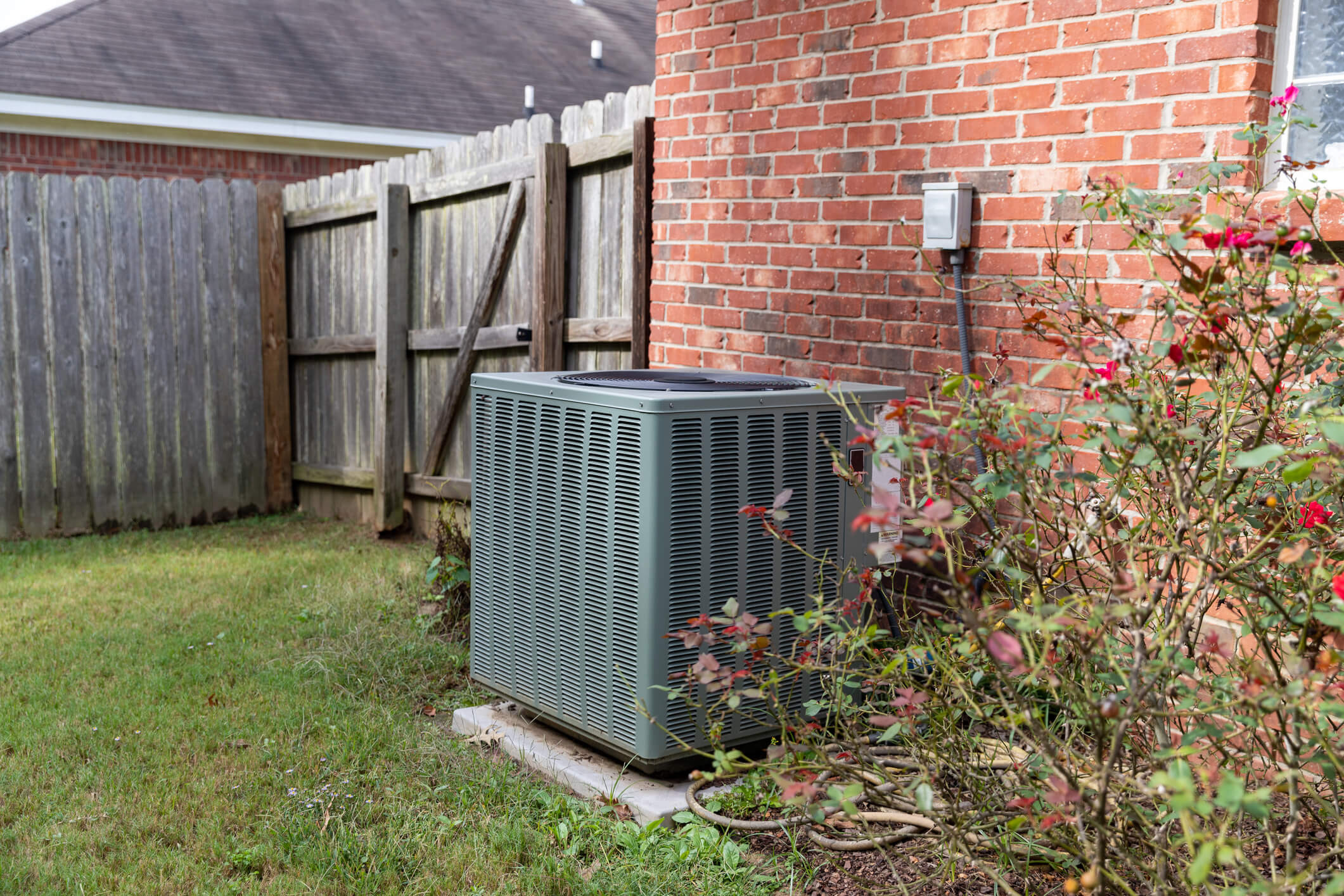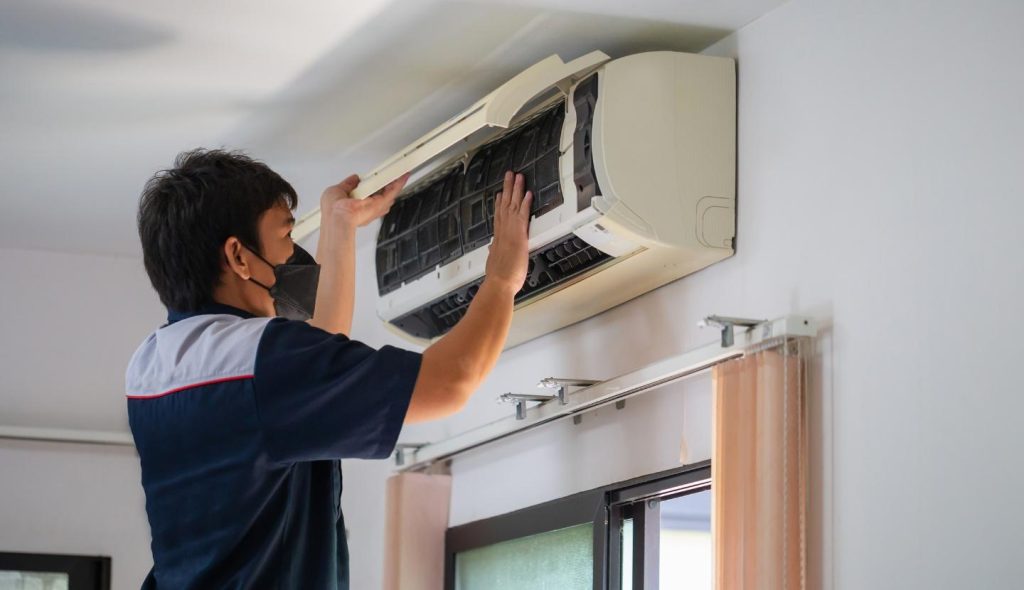
Simplifying Air Conditioning Installation: A Beginner’s Guide
Installing an air conditioning unit can seem daunting for beginners, but with the right guidance, it becomes a manageable task. This guide aims to simplify the process, ensuring a smooth and successful Air Conditioning Installation.
1. Choosing the Right Unit:
The first step is selecting the appropriate air conditioner for your space. Consider the room size, energy efficiency, and type of unit (window, split, or portable). Measure the room to determine the BTU (British Thermal Units) needed. A larger room requires a unit with a higher BTU, while a smaller room needs less.
2. Gathering Tools and Materials:
Before starting the Air Conditioning Installation, gather all necessary tools and materials. Common items include a measuring tape, level, screwdriver, drill, mounting hardware, and insulation. Having everything on hand will streamline the process and prevent unnecessary delays.
3. Preparing the Space:
Clear the installation area of any obstructions. For window units, ensure the window frame is sturdy and can support the unit’s weight. For split systems, choose a location with minimal direct sunlight and good airflow. Mark the mounting points and ensure they are level to avoid any operational issues later.

4. Installing the Unit:
For window units, follow these steps:
- Open the window and position the unit.
- Secure the mounting brackets according to the manufacturer’s instructions.
- Place the unit on the brackets and close the window, ensuring a tight seal.
For split systems:
- Mount the indoor unit on the wall bracket, ensuring it’s level.
- Drill a hole for the refrigerant lines, electrical wiring, and drainage pipe.
- Connect the outdoor unit and indoor unit with the refrigerant lines and electrical wiring.
- Secure the outdoor unit on a flat surface, preferably on a concrete slab or wall bracket.
5. Testing the Unit:
Once installed, plug in the unit, and test it. Check for any unusual noises or vibrations. Ensure the unit cools the room efficiently and there are no leaks in the refrigerant lines.
6. Final Adjustments and Maintenance:
Seal any gaps around the unit with insulation to prevent air leaks. Regular maintenance, such as cleaning filters and checking refrigerant levels, will ensure the unit operates efficiently and extends its lifespan.


